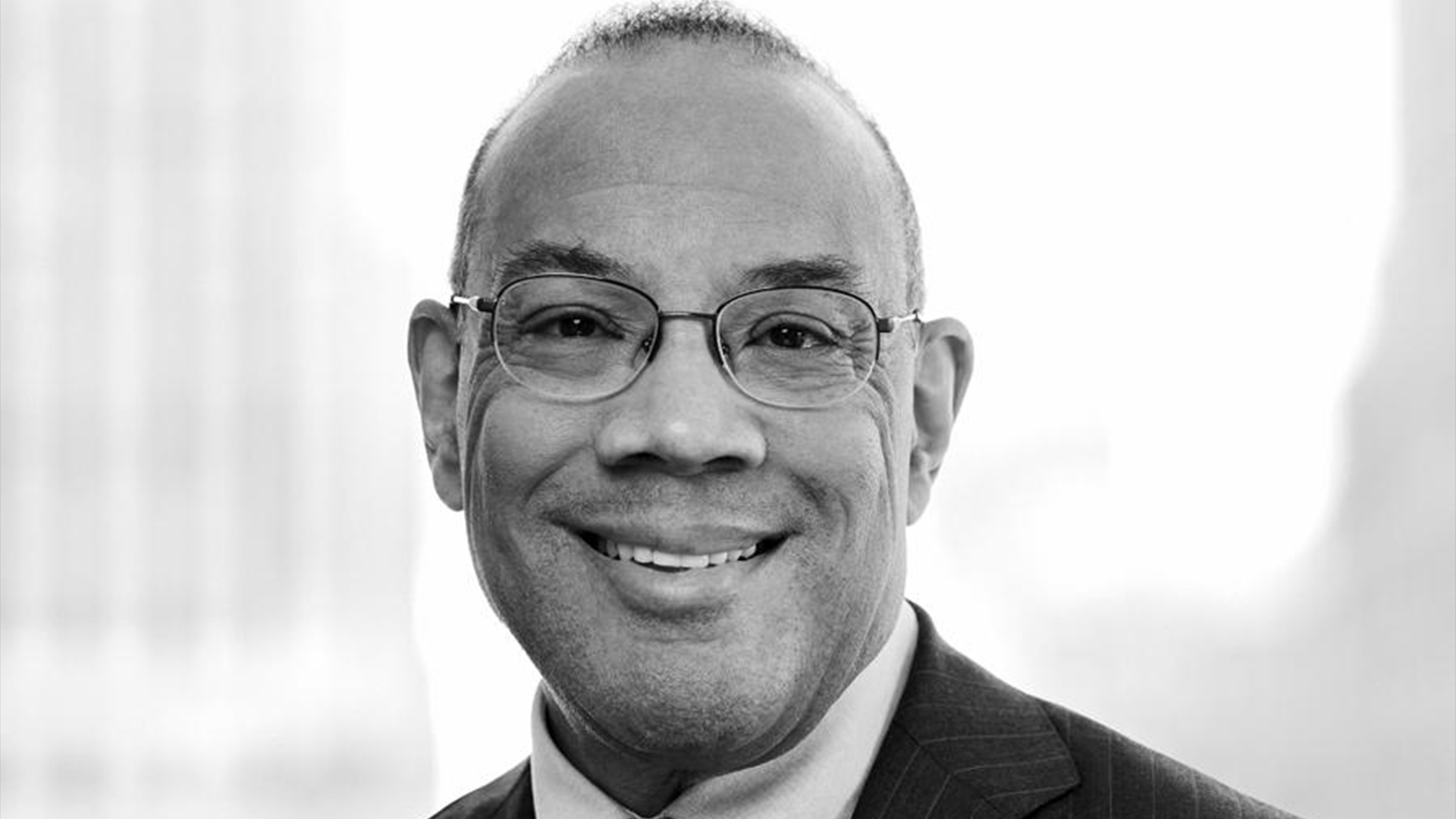In the wake of the COVID-19 pandemic, mental health in the workplace has become of primary concern to both employers and employees. But while some statistics about mental health in the workplace are distressing — and indicate that we have a long way to go before we can be at “peak” levels — there are other statistics that indicate that we’ve come a long way.
Let’s take a look at what we’ve found.
Mental Health In The Workplace: The Facts & Figures
The Mind the Workplace 2021 report, which was recently released, gives Americans a better insight into the state of the workplace after the COVID-19 pandemic. What the report unveiled was the following.
- Many Americans are experiencing signs of burnout.
While there’s no shortage of Americans who have lost their job thanks to the pandemic — with Black and brown people suffering from unemployment more than white people — Americans that were lucky enough to keep their jobs, regardless of their race, were experiencing burnout at record rates. Work overload, labor shortages, and general fears about impending economic insecurity all contributed to this feeling, with 98 percent of all Americans feeling as though they were “emotionally drained” from work.
This indicates that when it comes to mental health in the workplace, America’s current employees, frankly, aren’t very healthy at all.
- Employees aren’t receiving the mental health support that they need.
While 72 percent of all current employees feel as though they’ve accomplished many things on their job — despite the burnout — 77 percent of all current employees say they “really don’t care” what happens to their colleagues or their clients, because they feel as though they aren’t getting the mental health support that they need. Almost 50 percent of people have said that they feel more “callous” toward people since 2020.
- Workplace stress is negatively impacting the overall mental health of employees.
Because mental health in the workplace is not getting the top priority that it deserves, many employees are reporting that their overall mental health is suffering tremendously. Eighty-five percent of all employees said that their overall mental health is forever negatively impacted due to “burnout” at work. Sixty-seven percent of all employees say that they’re “distracted” at work. And 86 percent of all employees report that they feel “drained” — not rejuvenated — when they go to work.
- The future of the American economy is negatively impacting Americans.
Even though Americans are almost universally “burned out” from work, they continue to work themselves to near-death because they’re afraid of what’s coming next. In a nutshell, they’re afraid if they lose their jobs, they would be hard-pressed to find another. Despite more than 56 percent of all Americans reporting that they would take a new job if offered, more than 60 percent of all Americans aren’t actively thinking or looking for jobs “sometimes, rarely, or never.”
But There Is Some Good News
Despite the distressing nature of a lot of this report, there are some good tidbits that have followed in its wake. For example:
- More than 56 percent of all Americans report that their workplace is more inclusive and welcoming to people with mental illnesses.
- There has been a slight uptick in people who have employer-provided insurance, making it easier for people to afford their medical expenses.
- More managers are reported to make concessions with having a work-life balance and to their employees taking “mental health days” than even in 2019.
- Managers are prioritizing mental health in the workplace — however slowly — and they’re taking steps to include it in their employer-provided health insurance.

















